Fiber optic connectors come in a wide variety of types, including LC, SC, ST, FC, MU, DIN connectors, as well as Rosenberger Q‑RMC/NEX10 connectors, and more. But which five are the most commonly used? This article will answer that question for you.
What is a fiber optic connector?
A fiber optic connector is a critical component of a Fiber Optic Cable assembly, available in numerous configurations and styles. Generally speaking, different connector types can be classified according to various standards such as application, fiber count, fiber mode, transmission method, transmission medium, pigtail length, polish style, and termination method. Although compact in size, fiber optic connectors play a vital role in ensuring fast and reliable data transmission. They join fiber optic cables in a manner that maximizes data throughput while minimizing loss.
The 5 Most Commonly Used Fiber Optic Connector Types:
1.LC Connector (Lucent Connector)
The Lucent Connector (LC) is an SFF (Small Form-factor) connector featuring a 1.25 mm ferrule that ensures precise fiber alignment for low signal loss and high performance. Its space-saving design and superior performance have made it the mainstream choice in data communication networks, especially for high-density applications. Today, many users prefer LC connectors for modern optical equipment and high-density patch panels.LC Connector is widely regarded as the most commonly used connector today.
Typical Applications of LC Connectors
(1)High-density patch panels
(2)Gigabit Ethernet and 10 GbE switches
(3)Optical transceivers in data centers
Advantages of LC Connectors
-
Compact footprint for high port density
-
Low insertion loss and back-reflection
- Push‑pull latch for easy, secure mating
2.SC Connector (Square Connector)
“SC” stands for “Subscriber Connector” or “Square Connector,” named for its square housing. It was the first connector chosen under the TIA‑568 standard. SC is a push‑pull, snap‑in connector with a simple locking mechanism that requires only a push or pull action to engage or disengage. It uses a 2.5 mm ferrule—twice the diameter of the LC ferrule—and is well suited for both point‑to‑point and passive optical networks in data communications and telecommunications. Due to its reliable performance, SC remains the second most common connector in polarization‑maintaining applications.
Typical Applications of SC Connectors
(1)Telecom central office equipment
(2)Cable television headends
(3)Passive Optical Networks (PON)
Advantages of SC Connectors
-
Robust push‑pull design for quick mating
-
Standardized under TIA/EIA for broad compatibility
-
Low back‑reflection, suitable for single‑mode
3.MTP/MPO Fiber Connector
Unlike the previous two, MTP (Multi‑fiber Termination Push‑on) and MPO (Multi‑fiber Push‑On) connectors are multi‑fiber connectors that house 12 to 24 fibers within a single rectangular ferrule. They are larger in size and are commonly used for 40 Gbps and 100 Gbps high‑bandwidth parallel links. MTP/MPO connectors involve more complexity due to keying and the male/female interface. Notably, MTP is an enhanced version of MPO, offering superior performance and precision.
Typical Applications of MTP/MPO Connectors
(1)40 GbE/100 GbE optical transceiver arrays
(2)Parallel optics in data centers
(3)High‑density backbone cabling
Advantages of MTP/MPO Connectors
-
High fiber count per connector for massive bandwidth
-
Modular, scalable design for rapid deployment
-
Precision alignment for low insertion loss
4.ST Connector (Straight Tip Connector)
The ST (Straight Tip) connector was developed and licensed by AT&T shortly after the introduction of the FC connector. It features a bayonet‑style coupling and a 2.5 mm ceramic ferrule. Its cylindrical housing and half‑twist bayonet mechanism securely lock the fiber in place, making ST a popular choice for both long‑ and short‑distance applications.
Typical Applications of ST Connectors
(1)Campus and building backbone networks
(2)Industrial and military installations
(3)Legacy Ethernet and Token Ring networks
Advantages of ST Connectors
-
Quick connect/disconnect with bayonet locking
-
Durable ceramic ferrule for consistent performance
-
Low insertion loss in multimode networks
5.FC Connector (Ferrule Connector)
“FC” stands for “Ferrule Connector.” The FC connector was the first to employ a ceramic ferrule. Its body—made of nickel‑plated brass or stainless steel—features a threaded coupling nut, in contrast to the plastic housings of SC and LC connectors. The FC connector is inserted using an alignment key and then tightened via the threaded nut into the adapter or receptacle. Although its manufacturing and installation are more involved, the FC connector remains the preferred choice for precision instruments such as OTDRs and for single‑mode fiber installations.
Typical Applications of FC Connectors
(1)Optical test and measurement equipment (e.g., OTDRs)
(2)Single‑mode fiber links requiring stable, low‑loss connections
(3)Laboratory and instrumentation settings
Advantages of FC Connectors
-
Highly secure, vibration‑resistant threaded coupling
-
Excellent mechanical stability and repeatability
-
Very low back‑reflection ideal for single‑mode systems
Fiber Optic Connector Comparison Table
| Connector | Ferrule Size | Coupling Mechanism | Typical Application | Key Advantage |
|---|---|---|---|---|
| LC | 1.25mm | Push-pull latch | High-density, modern networks | Compact, high port density |
| SC | 2.5mm | Push-pull latch | Telco, Ethernet | Simple, reliable, legacy |
| ST | 2.5mm | Bayonet twist-lock | Industrial, legacy, imaging | Durable, easy connect/disconnect |
| MPO/MTP | Multi-fiber | Push-on | Data centers, backbone | Multi-fiber, high-density |
| FC | 2.5mm | Threaded screw-on | Secure, vibration-prone setups | Very secure connection |
More related knowledge:
What is the difference between MPO and MTP?
Fiber Optic vs Cable Internet: The Complete Comparison Guide for Homeowners
Understanding DAC Cables: Complete Guide to 4 Direct‑Attach Copper Cable Types
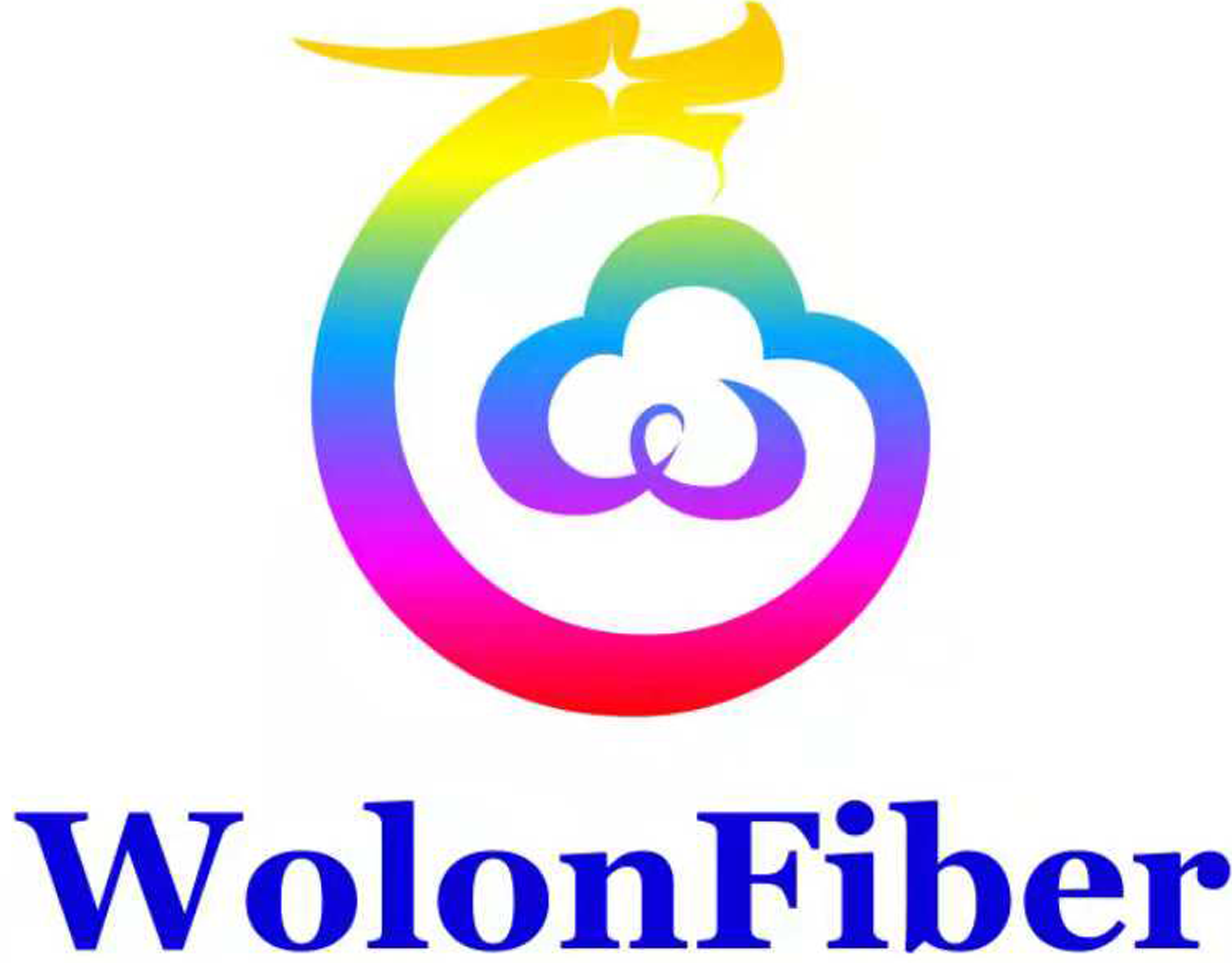
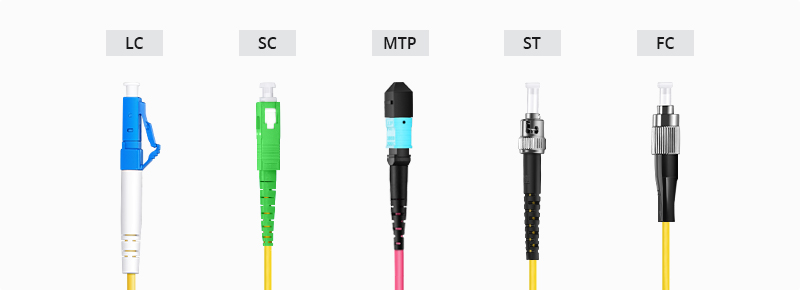

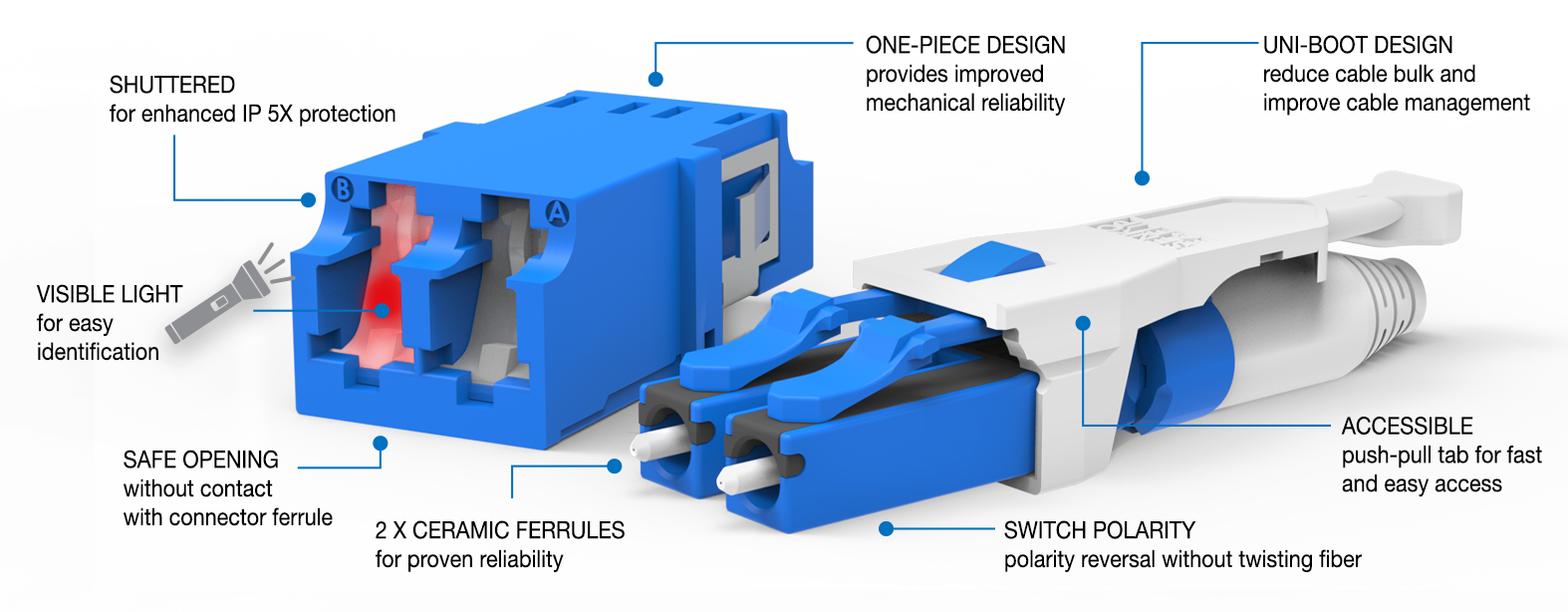
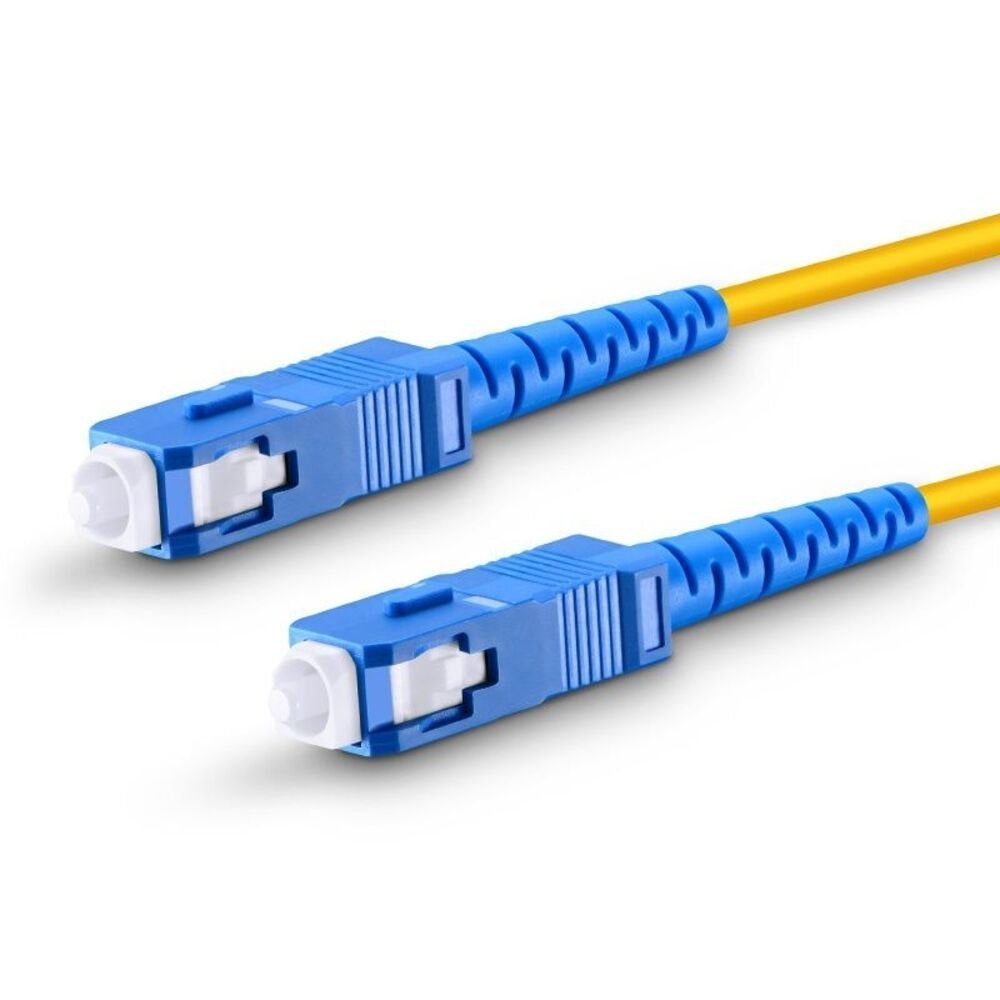
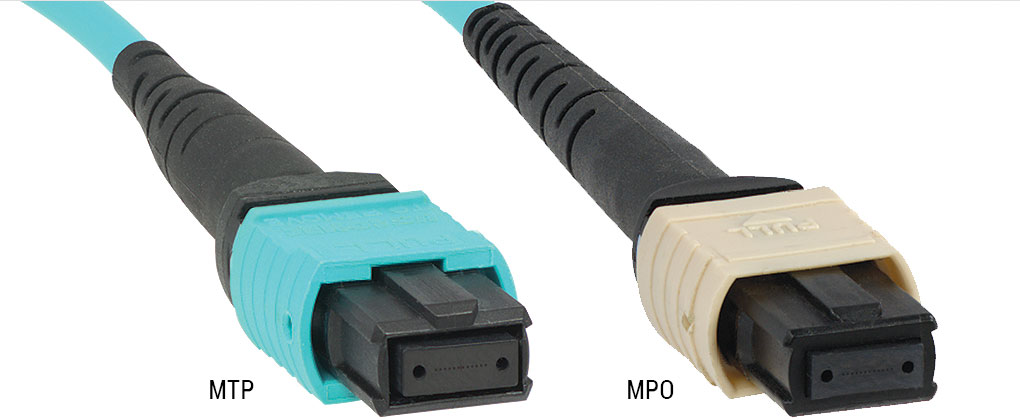
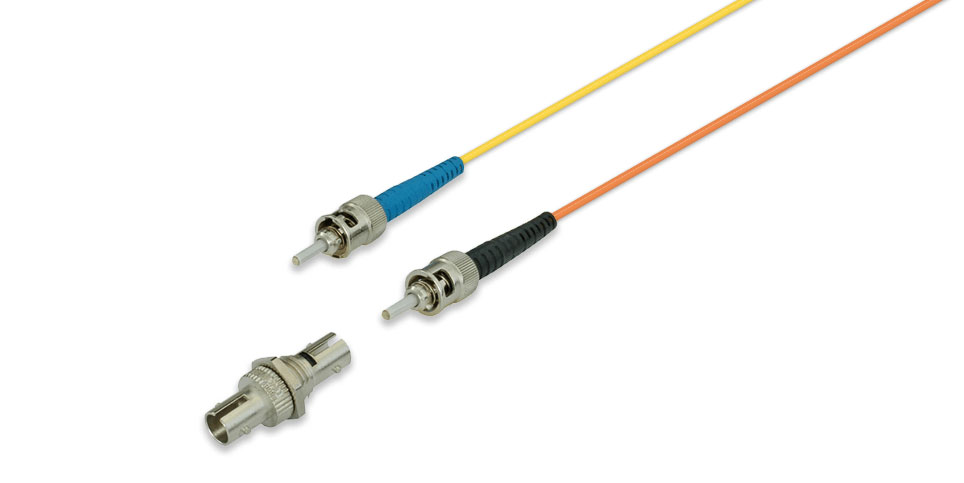
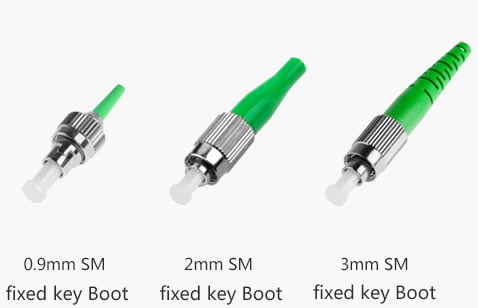
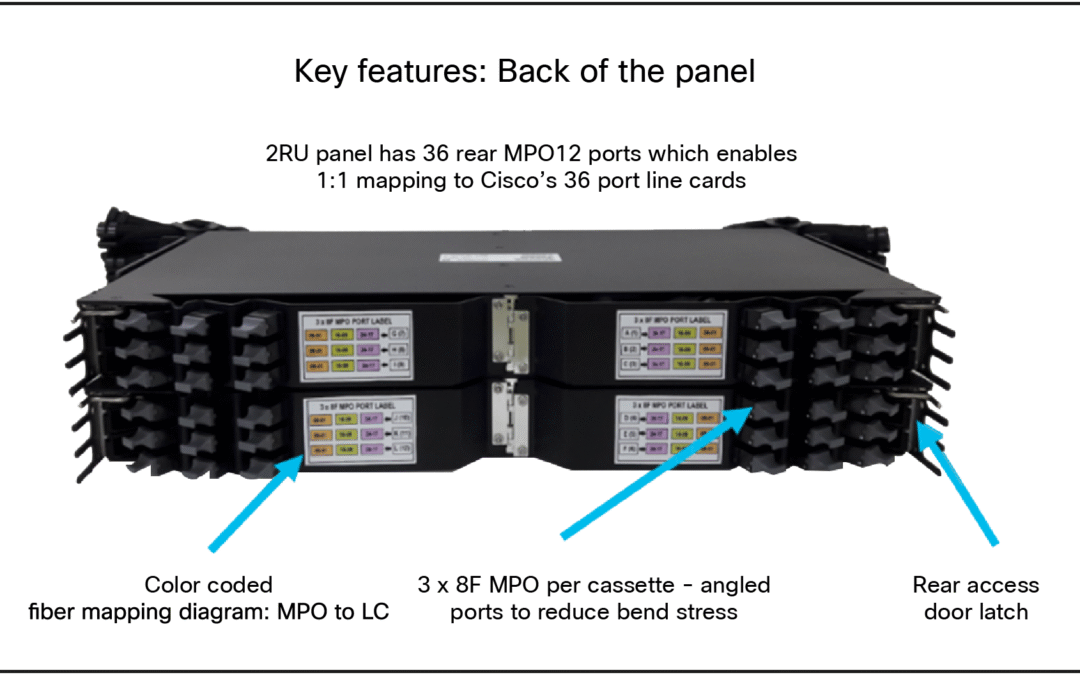
0 Comments